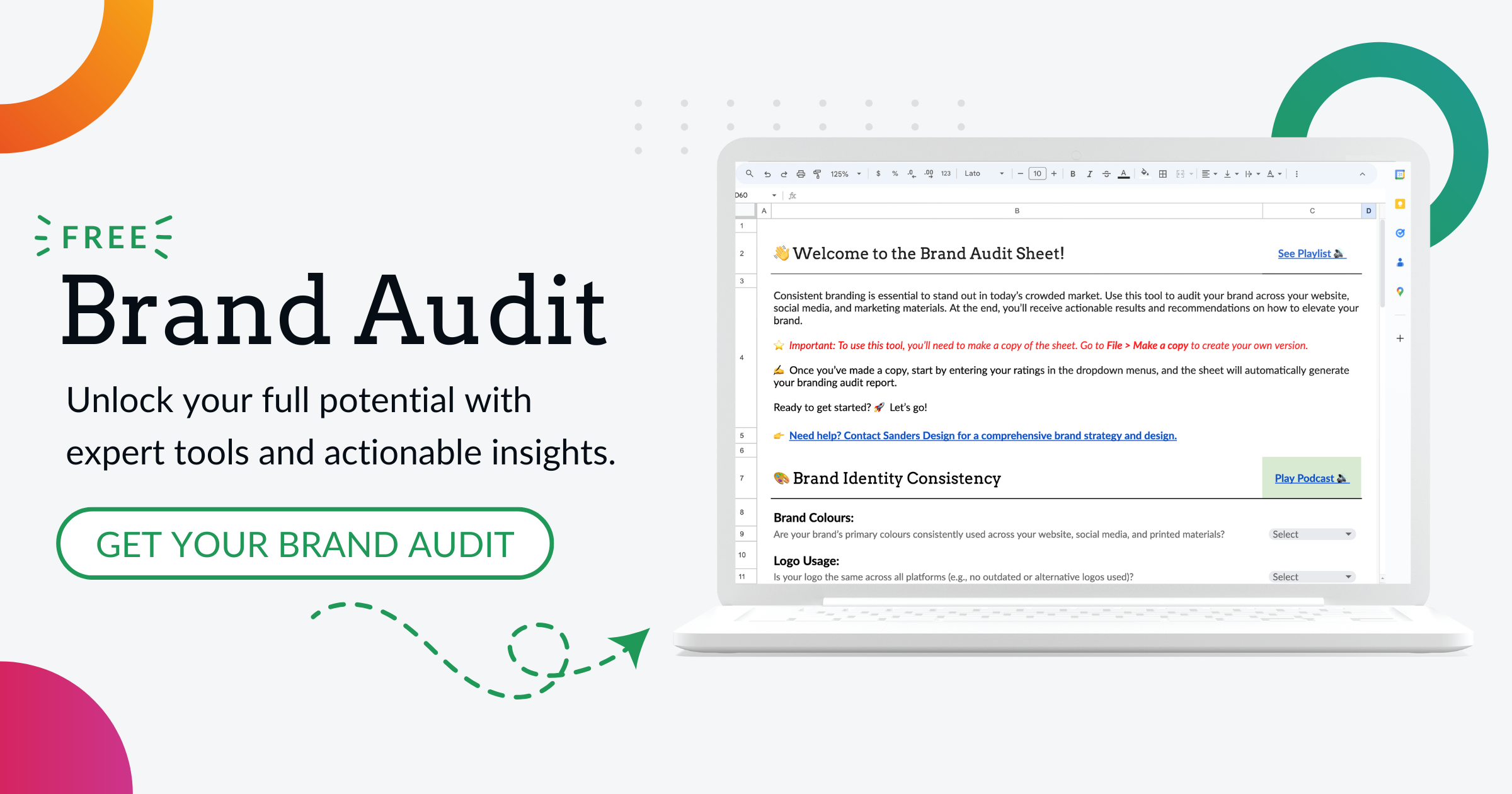The Importance of Strategic CTA Placement for Website Success

Your website’s Call-to-Action (CTA) buttons are one of the most powerful tools for driving user engagement and conversions. Whether it’s encouraging visitors to sign up for your newsletter, request a demo, or make a purchase, CTAs are essential for guiding users toward taking the next step.
However, the placement and design of your CTAs can make or break their effectiveness. In this post, we’ll explore why CTAs should be strategically placed and aligned with your branding, how they can drive conversions and brand recognition, and best practices for optimising CTA placement across your website.
How CTAs Drive Conversions and Brand Recognition
A well-placed CTA does more than just invite visitors to click-it reinforces your brand’s goals and directs users through the customer journey. Here’s why CTAs are critical for both conversions and brand building:
- Encourages Action: The primary purpose of a CTA is to encourage visitors to take action, whether that’s subscribing to a newsletter, downloading a guide, or making a purchase. Clear and compelling CTAs make it easy for users to understand what you want them to do next, increasing the likelihood of conversions.
- Reinforces Brand Messaging: Your CTAs are a key part of your overall website branding. They should reflect your brand’s voice and tone, whether that’s friendly, authoritative, or fun. Consistent design and messaging across all CTAs not only reinforce your brand identity but also help users recognise your CTAs as trustworthy and reliable touchpoints.
- Improves User Experience: Strategic CTA placement improves user experience by guiding visitors seamlessly through your website. When users know exactly where to click and what to do next, it reduces friction and confusion, making their journey smoother. The better the experience, the more likely they are to convert.
- Increases Conversion Rates: When users are presented with clear, prominent CTAs at key points in their journey, they’re more likely to take action. Studies show that well-placed CTAs significantly increase conversion rates because they help guide users toward making decisions at the right moments.
Best Practices for CTA Placement and Design

To maximise the impact of your CTAs, both their placement and design need to be carefully considered. Here are some best practices for ensuring your CTAs are strategically placed and designed for maximum effectiveness:
1. Place CTAs Above the Fold
Your most important CTAs should appear above the fold-meaning they’re visible without users needing to scroll down. This ensures that visitors see the CTA immediately upon landing on the page. For example, if you want users to sign up for a newsletter, place the CTA near the top of the homepage or landing page where it can’t be missed.

2. Align CTAs with User Intent
It’s important to place CTAs where they align with the natural flow of the user journey. For example, if a visitor is reading a blog post about a product, place a CTA at the end of the post encouraging them to “Learn More” or “Shop Now.” Similarly, after explaining the benefits of a service on a product page, follow up with a CTA like “Request a Quote” or “Start Your Free Trial.” This approach ensures CTAs are relevant to the content users are engaging with, increasing the likelihood of conversion.
3. Limit Distractions
While it’s important to have multiple CTAs across your site, avoid overwhelming users with too many options on a single page. Focus on one primary CTA per section of a page to guide users toward the desired action. Too many choices can confuse visitors and reduce the chances of them clicking on any CTA at all.
4. Make CTAs Stand Out
Your CTA buttons need to be visually distinct from the rest of the page. Use contrasting colours that align with your brand but make the button stand out. For instance, if your brand colours are blue and white, a bright orange or green CTA button can attract attention without clashing with your overall design. Make sure the text on the button is large enough to read easily and clearly states the action (e.g., “Download Now,” “Get Started,” or “Join Us”).
5. Use Action-Oriented Language
The copy on your CTA buttons should be direct and action-oriented. Instead of generic phrases like “Click Here” or “Submit,” use specific verbs that communicate what will happen next, such as “Get My Free Guide” or “Start Your Trial Today.” This not only makes the CTA more compelling but also gives users confidence in what they’ll get by clicking.
6. Incorporate CTAs into Multiple Touchpoints
Don’t rely on a single CTA at the top of the page. Instead, incorporate CTAs at multiple points throughout your content. This could be in the middle of a blog post, at the bottom of a landing page, or in the sidebar of an article. Each placement should be contextually relevant, offering users an opportunity to take action when they’re most engaged with your content.
7. Optimise for Mobile
With more users accessing websites on mobile devices, it’s essential to ensure your CTAs are optimised for mobile screens. Make sure buttons are large enough to tap easily, and place CTAs in areas where users can naturally interact with them (like near the bottom of the screen, where their thumbs rest). Responsive design is crucial to ensuring that CTAs look great and work well on any device.

Conclusion: Tips to Audit and Improve CTA Effectiveness
Optimising your CTA placement and design is not a one-time task. Regular audits and adjustments are necessary to ensure your CTAs are performing at their best. Here are some practical steps to audit and improve CTA effectiveness:
1. Audit CTA Placement
Review the placement of your CTAs across your site. Are they placed where users are most likely to take action? Are they visible without scrolling on key pages? Check whether your CTAs align with the natural flow of content and adjust them if they seem out of place or buried in the page.
2. Test Different Designs
A/B test different CTA designs to see what resonates best with your audience. Try different colours, button shapes, and text to determine which combinations result in the highest engagement and conversion rates. Even small design tweaks can lead to significant improvements in performance.
3. Monitor User Behaviour
Use tools like Google Analytics or heatmaps to track user behaviour on your website. Look for patterns in how users interact with your CTAs-are they clicking on them, or are they ignoring them? Based on the data, make adjustments to improve CTA visibility and relevance.
4. Update and Refine CTA Copy
Test different CTA copy to see what drives the most action. If your current CTAs feel generic or lack clarity, rewrite them with more specific, action-oriented language. Keep refining your messaging until you find the wording that delivers the best results.
By auditing your CTA placement, testing different designs, and refining your messaging, you can create highly effective CTAs that not only drive conversions but also reinforce your brand.
Ready to improve your website’s CTA strategy? Contact Sanders Design today for expert guidance on optimising your CTAs and driving better engagement and conversions through strategic placement and design.


Author: Martin Sanders
I empower businesses to connect with their customers and boost sales. Ready to take your revenue to new heights? Get in touch with me today, and let’s make it happen!


